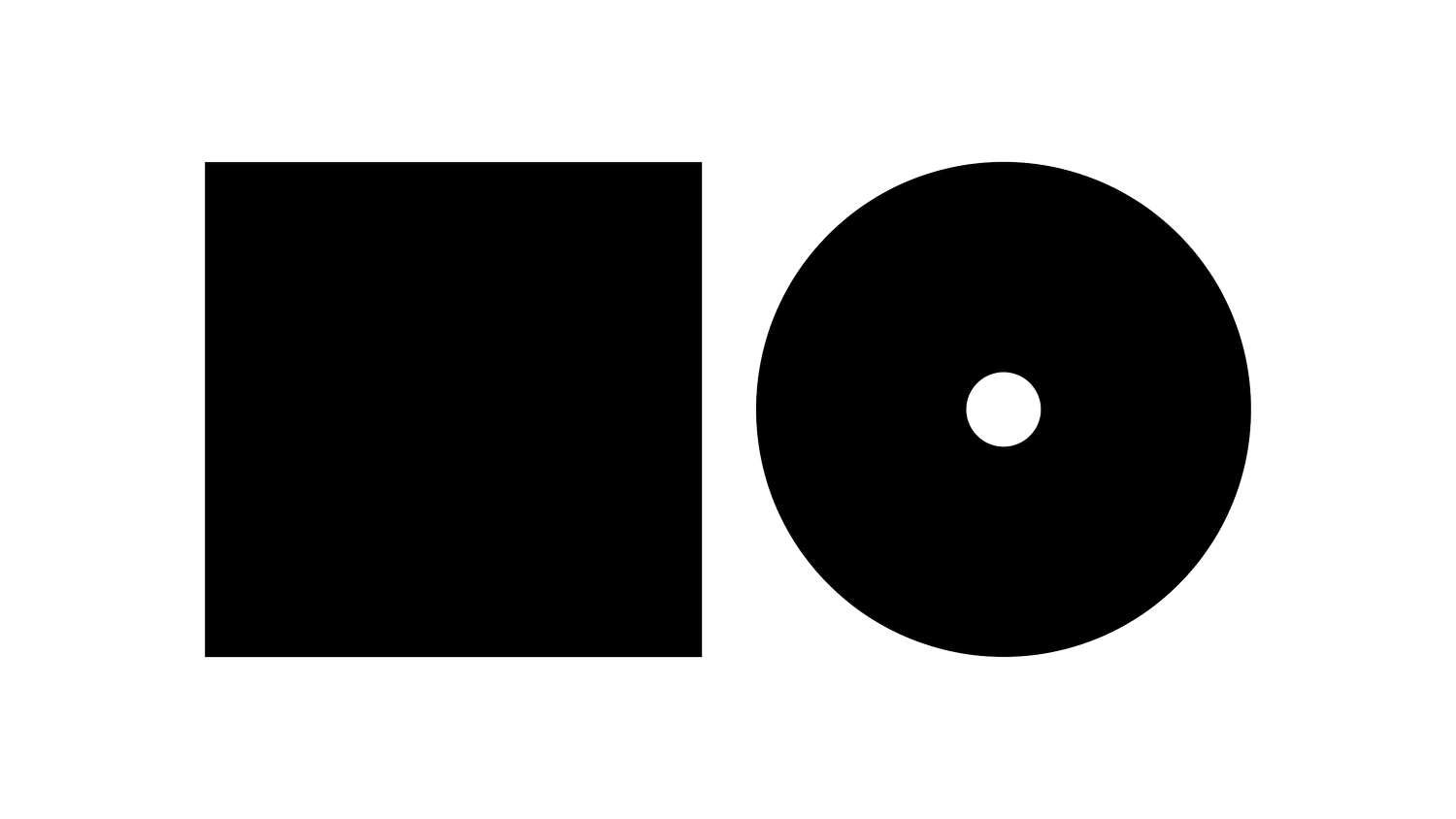P R O L E A R N
Biophilic Design involves incorporating nature and natural elements into the built environment. In the realm of circular and regenerative design, it offers unprecedented opportunities for sustainability, innovation, and human wellbeing.
Cost Efficiencies
Increased Productivity: Biophilic design can increase workplace productivity by up to 8%, potentially leading to significant economic benefits.
Reduced Absenteeism: Employees in biophilic offices report 13% higher wellbeing, which can lead to reduced sick leave and associated costs.
Energy Savings: Natural lighting and ventilation strategies in biophilic design can reduce energy costs by up to 30%.
Sustainability Benefits
Carbon Sequestration: Incorporation of plants and green spaces can actively sequester carbon, potentially reducing a building's carbon footprint.
Improved Air Quality: Plants and natural ventilation systems can significantly improve indoor air quality, reducing the need for artificial air purification.
Water Management: Biophilic design often incorporates water features and natural drainage systems, supporting sustainable water management.
Innovative Applications
Living Walls: Vertical gardens not only improve aesthetics but also contribute to air purification and thermal regulation.
Biomimicry: Designing structures inspired by nature's efficient forms can improve energy efficiency and resource use.
Circadian Lighting: Lighting systems that mimic natural daylight patterns support human health and wellbeing.
Challenges and Considerations
Maintenance: Living elements in biophilic design may require ongoing care and maintenance.
Initial Costs: The upfront costs of implementing biophilic design features can be higher than traditional design approaches.
Integration: Ensuring seamless integration of natural elements with built structures can be challenging in some environments.
Future Outlook
As awareness of the benefits of biophilic design grows, it is set to play a crucial role in creating sustainable, healthy, and resilient built environments. Integration with other sustainable technologies and practices will further enhance its potential in addressing climate change and supporting human wellbeing.
Call to Action:
Evaluate your current design and construction processes to identify opportunities for integrating biophilic design principles. Consider pilot projects that leverage nature's benefits, and invest in developing the necessary skills within your team to harness the full potential of biophilic design for circular and regenerative practices.




